Understanding the Lifespan of Electric Scooters
- Read Time: 13 min
Discover the key factors that influence the lifespan of electric scooters. From battery health to build quality, learn what you need to know to make informed decisions on scooter longevity.
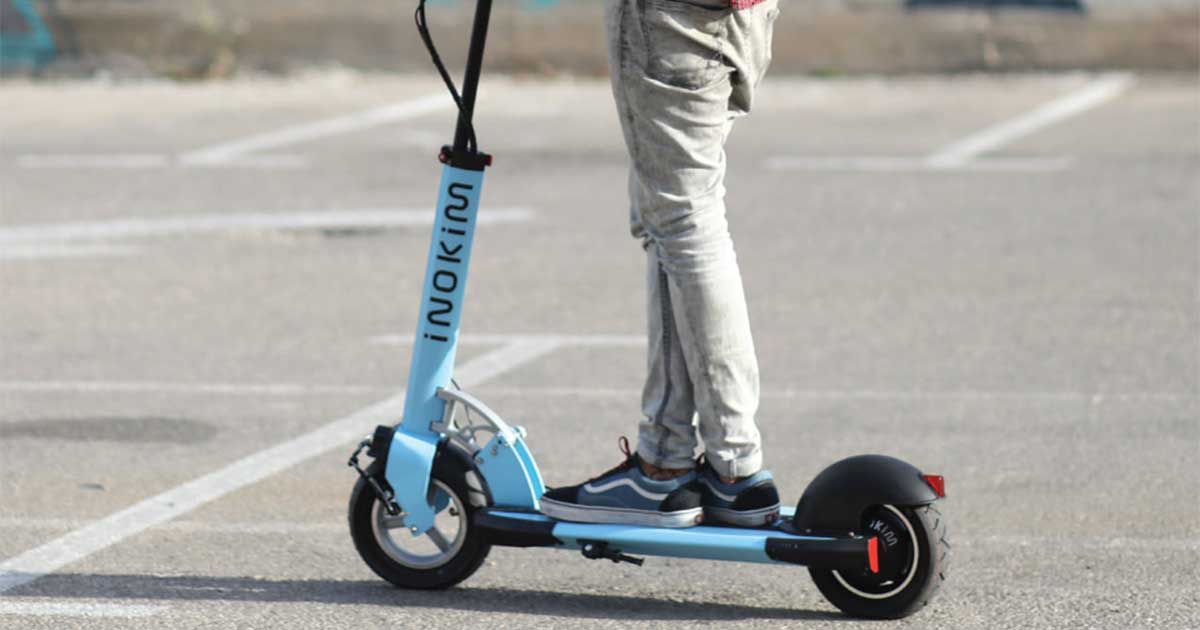
Introduction
Electric scooter longevity is a topic of keen interest for both individual consumers and city planners.
As these convenient modes of urban transport gain popularity, understanding their lifespan becomes crucial. This understanding aids in making informed decisions about purchases, maintenance, as well as urban mobility planning.
Addressing common questions about the durability and lifespan of electric scooters is vital to ensure they remain a sustainable and reliable choice for modern transportation needs.
This article aims to shed light on these aspects, offering valuable insights for users and decision makers.
Factors Affecting Lifespan

The average lifespan of an electric scooter is influenced by several key factors.
Firstly, battery quality plays a pivotal role. Higher quality batteries tend to last longer, offer more charge cycles, and provide more reliable performance.
Regular maintenance, including timely servicing and repairs, will help get a longer lifespan.
Additionally, riding habits and how the scooter is used can significantly impact its longevity. Frequent usage, especially under harsh conditions like extreme weather or rough terrain, can accelerate wear and tear.
Understanding these factors is essential for maximizing the lifespan of an electric scooter, ensuring it remains a durable and efficient mode of transportation over time.
Battery Life
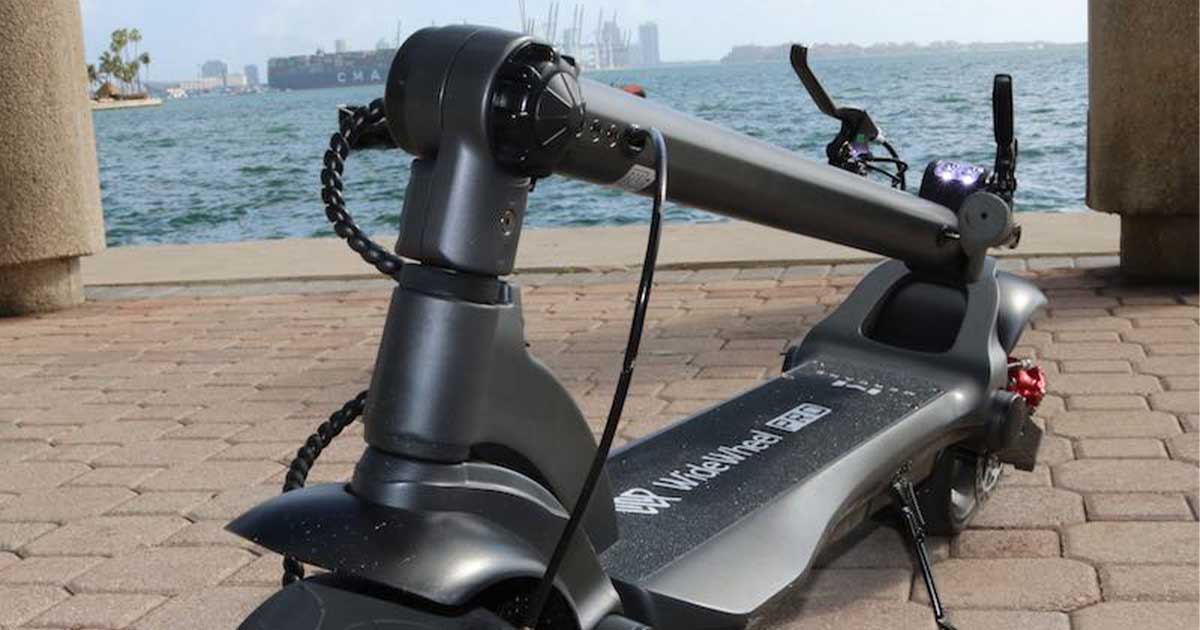
Battery life is a critical determinant in the overall lifespan of an electric scooter. The longevity and efficiency of a scooter largely depend on the health and performance of its battery.
To maintain a healthy battery, it's important to follow a few guidelines:
Avoid complete discharges and charge the battery regularly, even when not in frequent use. Keep the scooter and its battery away from extreme temperatures, as both heat and cold can adversely affect battery life.
Don't let the charger be connected at all times even if the scooter is fully charged. Some chargers have a "trickle" function where they're supposed to turn off and on by themselves to "top up" the battery if the scooter sits idle for some time. These systems are not always reliable. The best practice is to disconnect the charger once done.
Also, it's advisable to only use the charger provided by the manufacturer to ensure optimal charging conditions.
Regularly monitoring the scooter battery's condition can help in the early detection of potential issues, thereby extending the scooter's lifespan.
Material and Build Quality
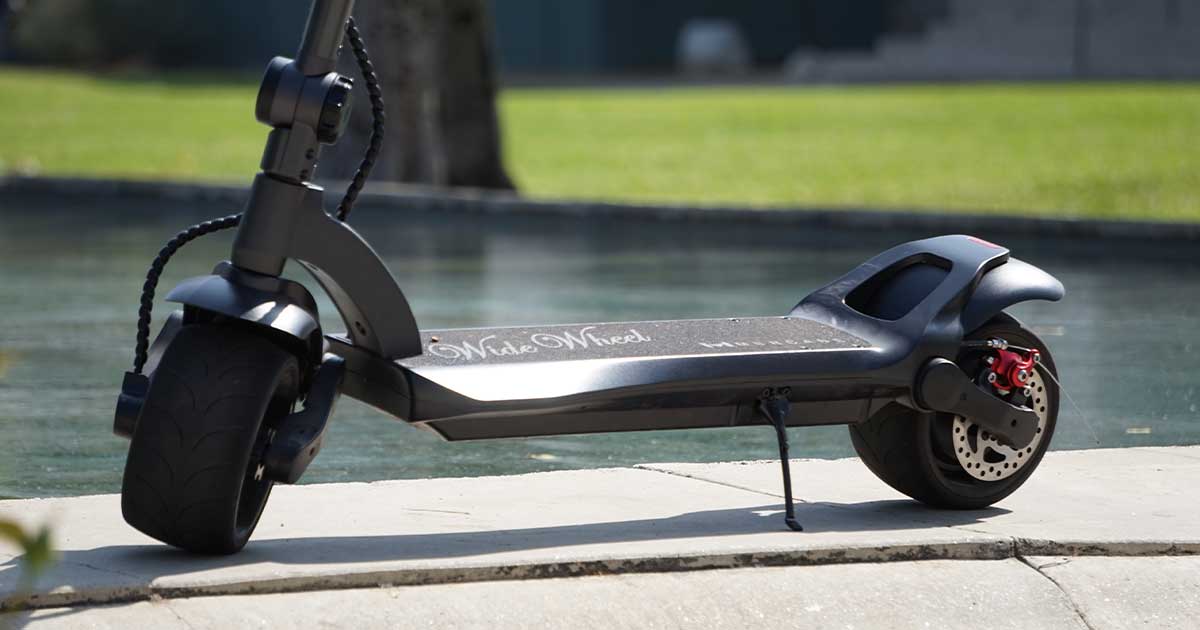
The longevity of an electric scooter is heavily influenced by its material and build quality.
Scooters crafted from high-grade materials like aircraft-grade aluminum or reinforced carbon fiber tend to endure the rigors of frequent use better than those made from less durable substances.
Consumers should look for sturdy frame materials, robust hinges, and quality finishes that resist wear and tear. The quality of the scooter's critical components, such as its wheels, handlebars, and electronic parts, also plays a pivotal role.
A well-built scooter should feel solid and stable, not flimsy or shaky, ensuring not just a longer lifespan but also safer rides
Maintenance Practices
Regular maintenance is crucial to make electric scooters last longer.
This includes routinely checking and inflating tires to the recommended pressure, ensuring brakes are functioning correctly, and keeping the scooter clean to avoid dirt buildup in moving parts.
Battery care is also vital. Avoid complete discharges and store the scooter in a dry, temperate environment.
Periodically tightening loose bolts and screws can prevent wear and tear. Following the manufacturer's maintenance guidelines helps keep the scooter in top condition for safe and prolonged use.
Environmental Considerations
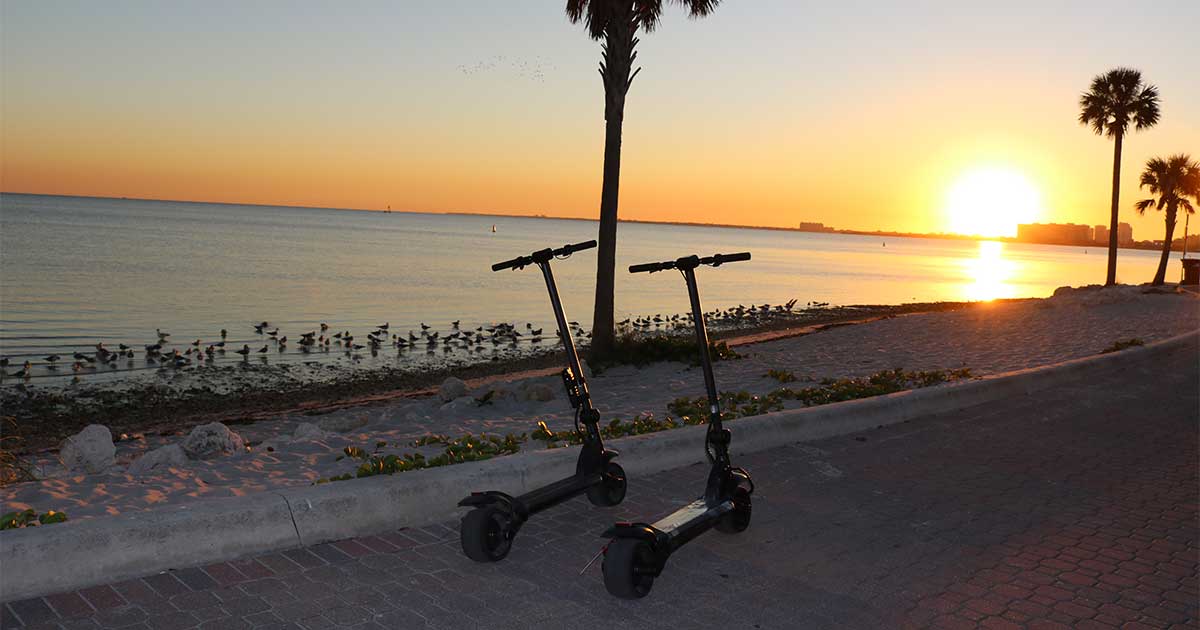
Environmental factors significantly impact the longevity of electric scooters. Exposure to extreme weather conditions like heavy rain, intense heat, or cold can deteriorate the scooter's components, especially the battery and electrical systems.
To mitigate these effects, store the scooter in a dry, climate controlled environment when not in use. Avoid riding in harsh weather conditions whenever possible.
If exposure to elements is inevitable, consider using protective covers and conduct regular inspections for any signs of weather-related damage. This proactive approach helps in preserving the scooter's functionality and lifespan.
Costs of Longevity vs Replacement
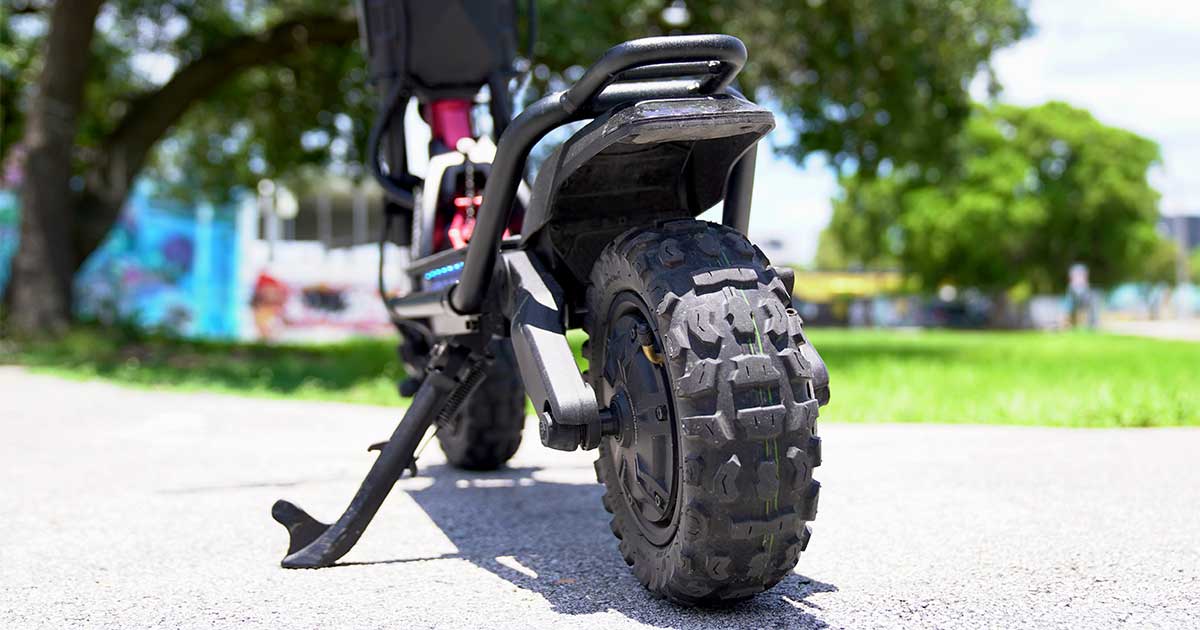
Weighing the costs of extending an electric scooter's lifespan against replacing it requires careful consideration.
Regular maintenance and timely repairs can significantly prolong a scooter's usability, often proving more cost-effective than frequent replacements.
However, as technology advances, newer models with enhanced features and efficiency may justify the investment in a replacement.
The key is to balance ongoing maintenance costs with the benefits of newer technology. Making an informed decision involves assessing the current performance, repair costs, and potential benefits of upgrading to a newer model.
Conclusion
In conclusion, the lifespan of electric scooters is influenced by various factors including battery health, material and build quality, regular maintenance, and environmental conditions.
Understanding these aspects is crucial for consumers and city planners alike when purchasing or deploying electric scooters. Thoughtful consideration of these elements ensures optimal performance and longevity, contributing to more sustainable urban mobility solutions.












